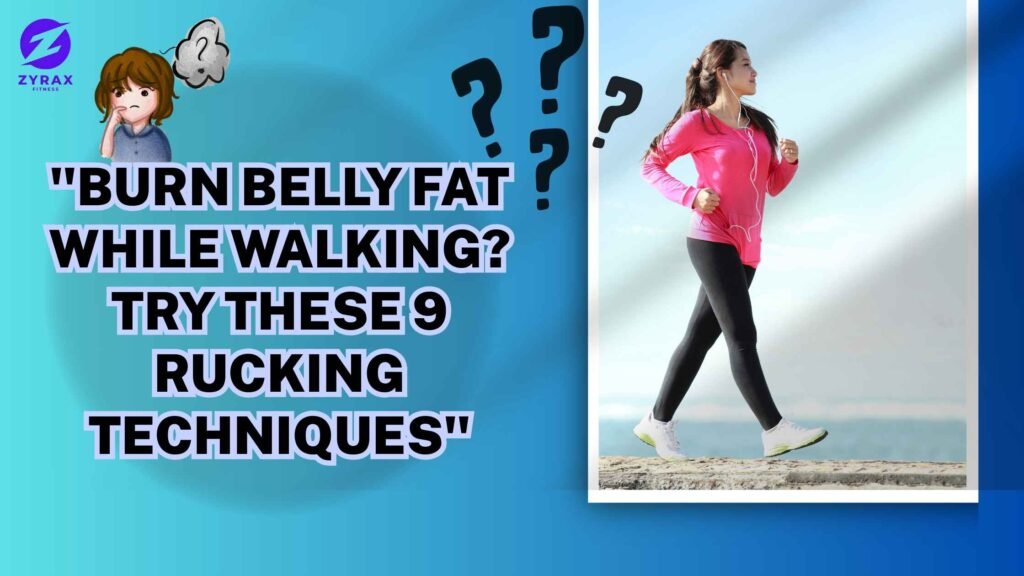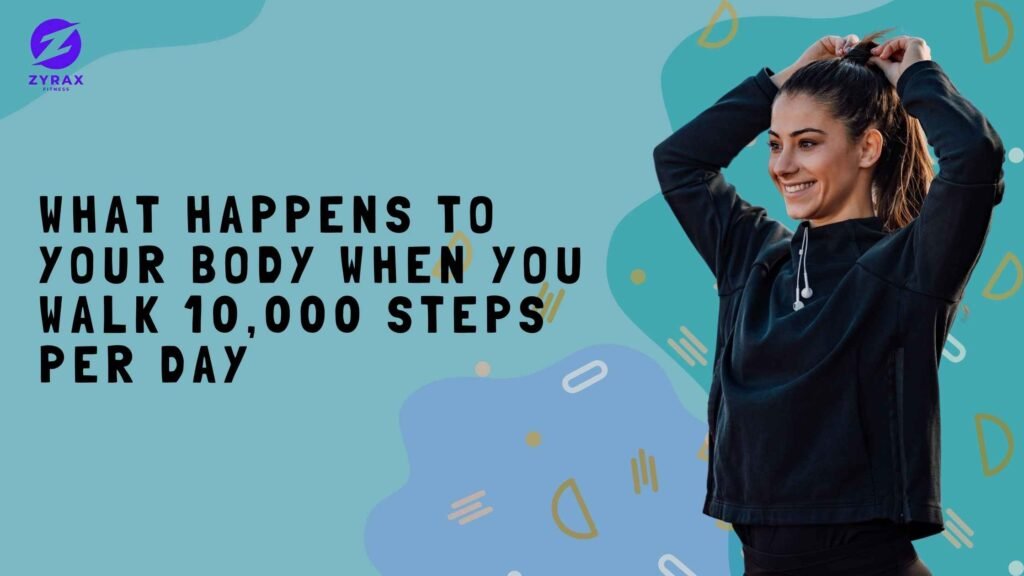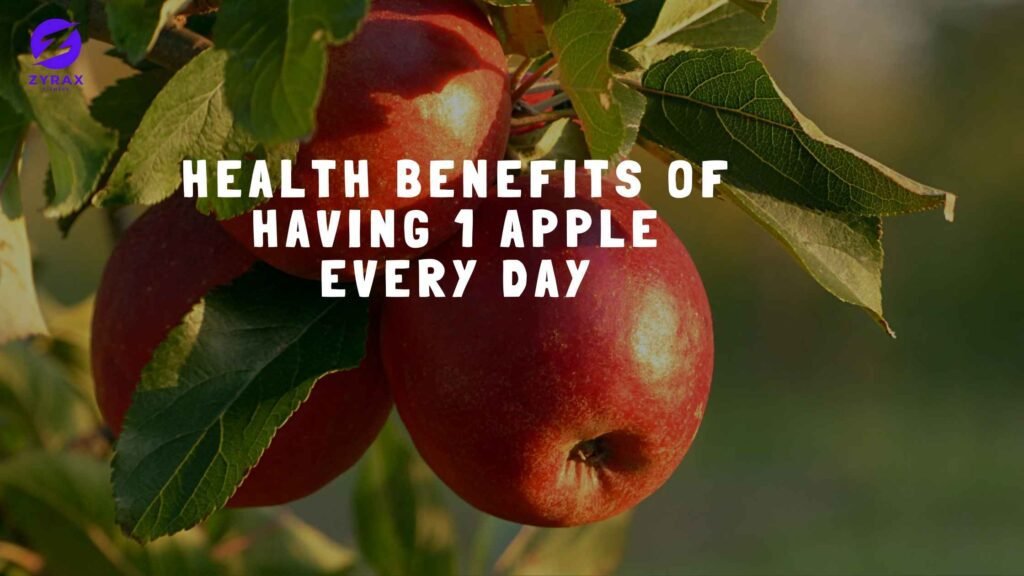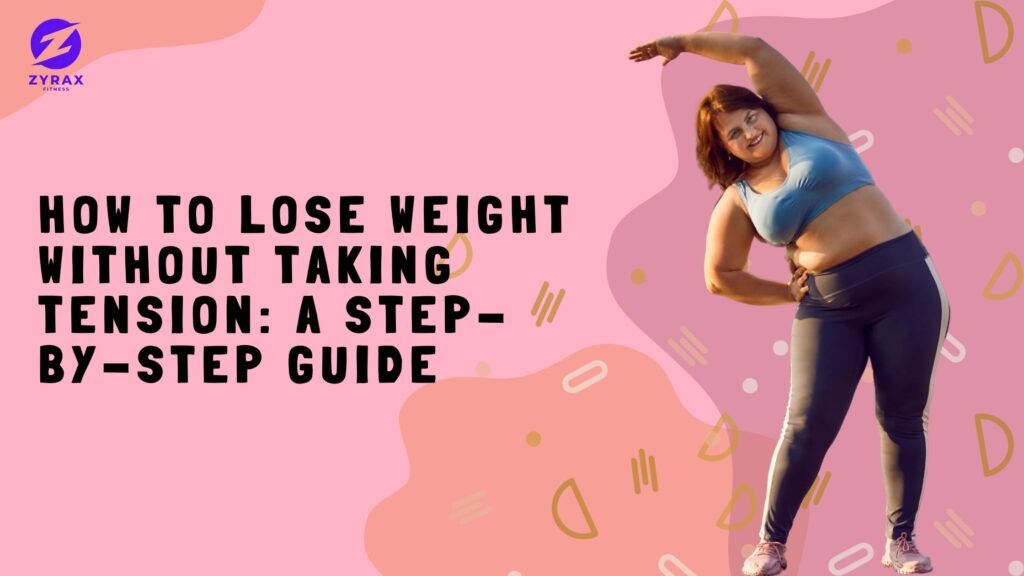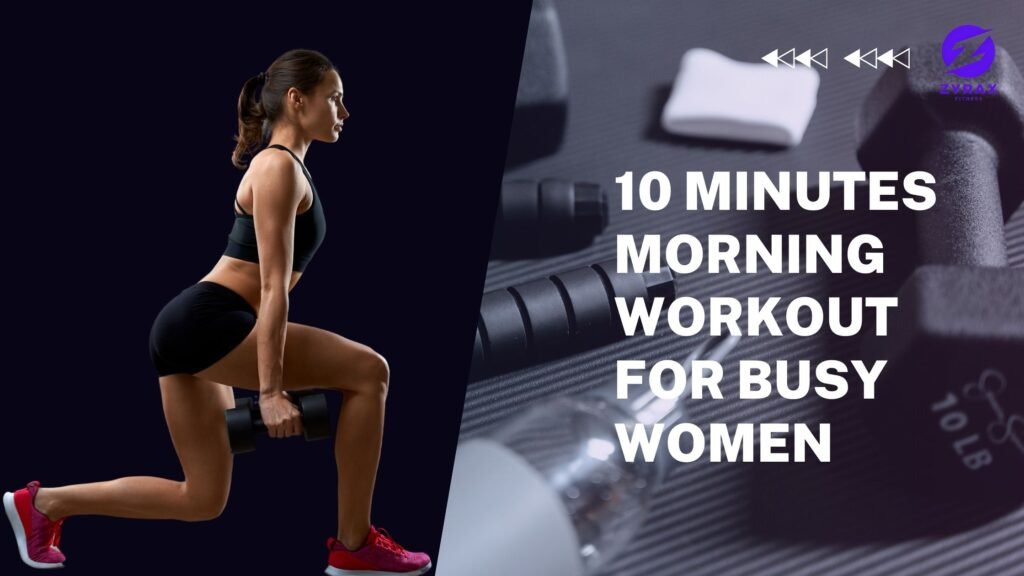“Burn Belly Fat While Walking? Try These 9 Rucking Techniques”
Burn Belly Fat While Walking? Try These 9 Rucking Techniques If you’ve ever wondered how to burn belly fat effectively without spending hours at the gym, rucking might be the answer. Combining walking with weighted resistance, rucking is a low-impact, high-return exercise that’s been gaining popularity among fitness enthusiasts. Whether you’re just starting your fitness journey or you’re looking for something new, rucking offers a unique blend of cardio and strength training to help you burn belly fat and improve your overall fitness. In this post, we’ll explore the benefits of rucking, how it helps burn belly fat, and the top 9 techniques to get the most out of your walking workouts. What Is Rucking? (Burn Belly Fat ) Rucking is a form of walking with a weighted backpack. Originally used by military personnel, rucking has evolved into a powerful fat-burning workout for civilians. The added weight increases the intensity of your walk, helping you build muscle, improve endurance, and yes—burn belly fat more efficiently. How Does Rucking Burn Belly Fat? Here’s how it works: Combined with a healthy diet and consistent exercise, rucking can be a powerful tool in your belly fat-burning arsenal. 1. Start Light and Increase Gradually One of the biggest mistakes beginners make is starting with too much weight. This can lead to injury and fatigue, which ultimately hinders progress. Best Practice: Why It Works: Starting light helps build consistency without overwhelming your body. Gradual progression encourages sustained fat burning and core strengthening. 2. Maintain Proper Posture Rucking with poor posture can strain your back, shoulders, and hips—limiting your results and increasing injury risk. Posture Tips: Why It Works: Good posture activates your core muscles and ensures the weight is distributed properly, which helps you burn belly fat more effectively. 3. Incorporate Intervals Rucking doesn’t have to be monotonous. Adding intervals of speed walking or hill climbs can boost calorie burn and elevate your heart rate. Try This Routine: Why It Works: Interval training boosts fat oxidation and maximizes energy expenditure in less time, helping you burn more belly fat with each session. 4. Ruck Uphill or On Trails Flat terrain is great for beginners, but to take your fat-burning up a notch, try walking on hills, stairs, or uneven trails. Benefits: Why It Works: Inclined rucking increases resistance naturally, requiring more effort and energy, which leads to a greater fat burn, especially around the belly. 5. Track Your Heart Rate To effectively burn belly fat, you need to stay in the optimal fat-burning heart rate zone—roughly 60–70% of your max heart rate. How to Monitor: Why It Works: Staying in the fat-burning zone ensures your body uses fat as a primary fuel source, helping you lose inches off your waistline. 6. Add Core Activation Exercises Want to really focus on your midsection? Combine rucking with bodyweight exercises that activate your core. Add These at Intervals: Do these exercises every 10-15 minutes during your walk for added intensity. Why It Works: Integrating core exercises helps build abdominal strength, improves posture, and accelerates belly fat loss. 7. Ruck in a Fasted State Exercising in a fasted state (e.g., before breakfast) may enhance fat oxidation and improve body composition. Tips: Why It Works: In a fasted state, your body taps into stored fat—including stubborn belly fat—for energy, making your workout more efficient. 8. Ruck Consistently, Not Just Intensely It’s better to ruck for 30 minutes daily than 90 minutes once a week. Consistency is key to achieving long-term fat loss. Create a Weekly Plan: Why It Works: Frequent, moderate-intensity activity promotes metabolic adaptation and continuous calorie burning, helping you steadily burn belly fat. 9. Combine Rucking with a Fat-Burning Diet No amount of rucking will outwork a poor diet. Fuel your body with whole foods, lean protein, healthy fats, and complex carbs. Nutrition Tips: Why It Works: A diet rich in protein and fiber supports fat loss by keeping you full longer, while healthy carbs fuel your workouts and recovery. Additional Benefits of Rucking Beyond belly fat loss, rucking offers several other health benefits: It’s a holistic fitness practice that targets multiple areas of your health with just one simple activity. Conclusion (Burn Belly Fat ) If you’re looking to burn belly fat in a practical, sustainable way, rucking might be your best option. It’s low-impact, highly effective, and can be done almost anywhere—parks, neighborhoods, trails, or even on a treadmill. Start small, stay consistent, and apply these 9 techniques to accelerate your fat loss journey. Rucking not only helps you torch belly fat but also strengthens your entire body and mind. Whether you’re a busy professional, a parent, or just someone looking to get healthier—rucking is a workout worth adding to your weekly routine. FAQs 1. How much weight should I carry while rucking? Start with 10–15% of your body weight. As you get stronger, you can gradually increase up to 25–30% depending on your fitness level and goals. 2. Can rucking replace other forms of cardio? Yes, for many people. Rucking offers both aerobic benefits and resistance training. It can replace traditional walking, jogging, or even light strength workouts. 3. How often should I ruck to burn belly fat? Aim for 3–5 times per week for at least 30–45 minutes. Combine it with healthy eating and strength training for best results. 4. Will rucking help me lose weight overall or just belly fat? Rucking contributes to overall fat loss, including belly fat. However, spot reduction isn’t possible—you’ll lose fat from all over your body, including your midsection. 5. Is rucking safe for beginners? Yes. Rucking is beginner-friendly when done with proper posture and appropriate weight. Always listen to your body and start slow. 6. Do I need special gear for rucking? A sturdy backpack and some weights (like sandbags or weight plates) are sufficient. For more comfort, consider a rucking-specific backpack and proper walking shoes.

